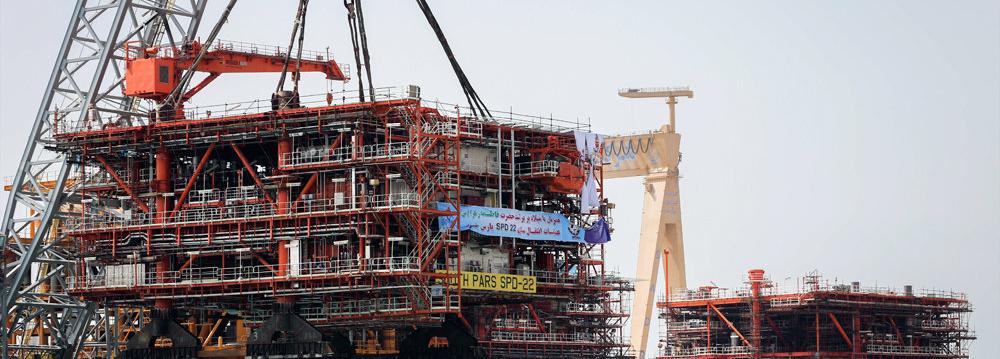The level of Urmia Lake in northwest Iran has declined by 3 centimeters and its area has shrunk by 36 square kilometers over the past two weeks, an official at the Urmia Lake Restoration Program said.
Farhad Sarkhosh, director of the provincial office of ULRP, also attributed the decline in the lake's water level over the past three months to excessive evaporation and a 36% drop in precipitation, IRNA reported.
"Urmia's catchment area received a meager 205 millimeters of rainfall over the past water year (ended Sept. 22), which was among the smallest amounts ever recorded and posed challenges for restoration efforts," he said.
However, he predicted that the declining trend will gradually slow down during autumn and the level will rise day by day as precipitations start and evaporation rates decrease.
"No water has been directed toward the lake since May because the release from dam reservoirs is annually carried out in December," he added.
Urmia is a closed water body that is fed from direct rainfall and the inflow from 21 permanent and 39 seasonal rivers and streams.
The present level of the lake is only 21 centimeters higher than the lowest recorded level and no further decline is expected this year.
The ULRP was set out in 2013 to stabilize the lake’s water level (Phase 1) and restore its water level to what it was more than a decade ago (Phase 2).
The first phase was completed last September and the second phase started shortly after, with the initial goal of increasing the water level by 40 centimeters per year. The target is to restore the ecological level (1,274 meters above sea-level) by 2023.
The program is not progressing as scheduled. The lake's water level this September was 20 cm lower than in the same period of last year, which is against the plan to maintain the uptrend.
The gap has been blamed on four major factors involving budget, precipitation, executive power and cooperation.
Masoud Baqerzadeh Karimi, the deputy for wetlands and national parks at DOE's Office of Habitats and Protected Areas, had earlier lamented the delay in allocating funds.
"Apparently, only 30% of the funds earmarked for the project have so far been supplied," he said.
Karimi noted that in 2016, precipitation was above average and the level of the lake rose, but Urmia's level has not gone up this year due to the 30% below average rainfall.
The executive power of organizations involved in ULRP is limited, since the nature of conservation efforts contradicts their earlier operations.
"Therefore, they are neither inclined nor possess the know-how to run the programs efficiently," he said.
According to Karimi, local communities and those relying on waters feeding the lake have not been cooperative.
This is while others have pointed the finger of blame toward unprincipled dam construction.
Morteza Hoqouqi, the head of the Environment Committee at the Iranian Society of Consulting Engineers, had earlier said the expansion of agriculture around Urmia and the growing number of dams have led to the lake's desiccation.
"If global warming and climate change in general had been the reasons for its dry-up, the same should have happened to Van Lake in Turkey," he told reporters.
Van is Turkey's largest lake and lies 173 kilometers west of Urmia.
There are 23 dams in Urmia's catchment area across the provinces of East and West Azarbaijan and 10 more are under construction, one of which is in Kurdestan Province. Besides, 41 dams are undergoing the study phase to be built in the three provinces.
Sarkhosh, however, is more optimistic about conservation efforts conducted so far and told IRNA that "if rescue plans had not been implemented in time, the lake would have become completely dry by now".
Located between the provinces of East and West Azarbaijan, Urmia Lake has been suffering serious drought conditions for years.


